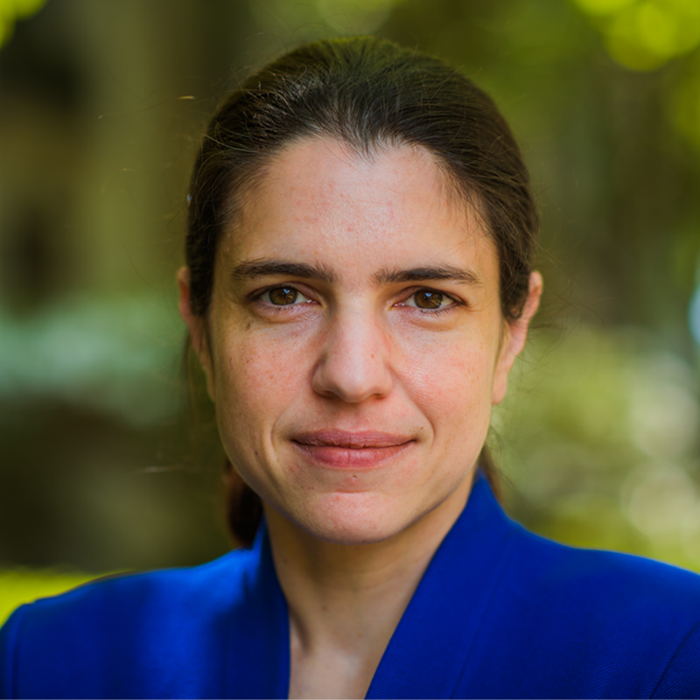The vast space of all theoretical open shell transition metal catalysts challenges conventional experimentation or computation (i.e., with density functional theory, DFT). I will describe how we have built tailored representations for accelerating the prediction of open shell transition metal complex properties and subsequently extended this effort to prediction of metal-organic framework (MOF) propetrties. I will describe how we have used both high-throughput computational screening and machine learning with active learning to uncover new design principles in a space of 16 M candidate catalysts for direct methane-to-methanol conversion. With this approach, we demonstrate the determination of design principles in weeks instead of decades that traditional calculations would have required. Time permitting, I will describe how we have endeavored to overcome challenges of data quality (i.e., from DFT) either by learning the difference between lower and higher levels of theory or by learning directly on experimental data. I will also describe how we have exploited additivity to provide rapid predictions from relatively few but high-quality data points.

Biography
Professor Heather J. Kulik is a tenured Associate Professor in the Department of Chemical Engineering at MIT. She received her B.E. in Chemical Engineering from the Cooper Union in 2004 and her Ph.D. from the Department of Materials Science and Engineering at MIT in 2009. She completed postdoctoral training at Lawrence Livermore and Stanford, prior to joining MIT as a faculty member in November 2013. Her research has been recognized by an Office of Naval Research Young Investigator Award, DARPA Young Faculty Award and Director’s fellowship, NSF CAREER Award, and a Sloan Fellowship in chemistry, among others.
Watch a recording of the presentation below:




